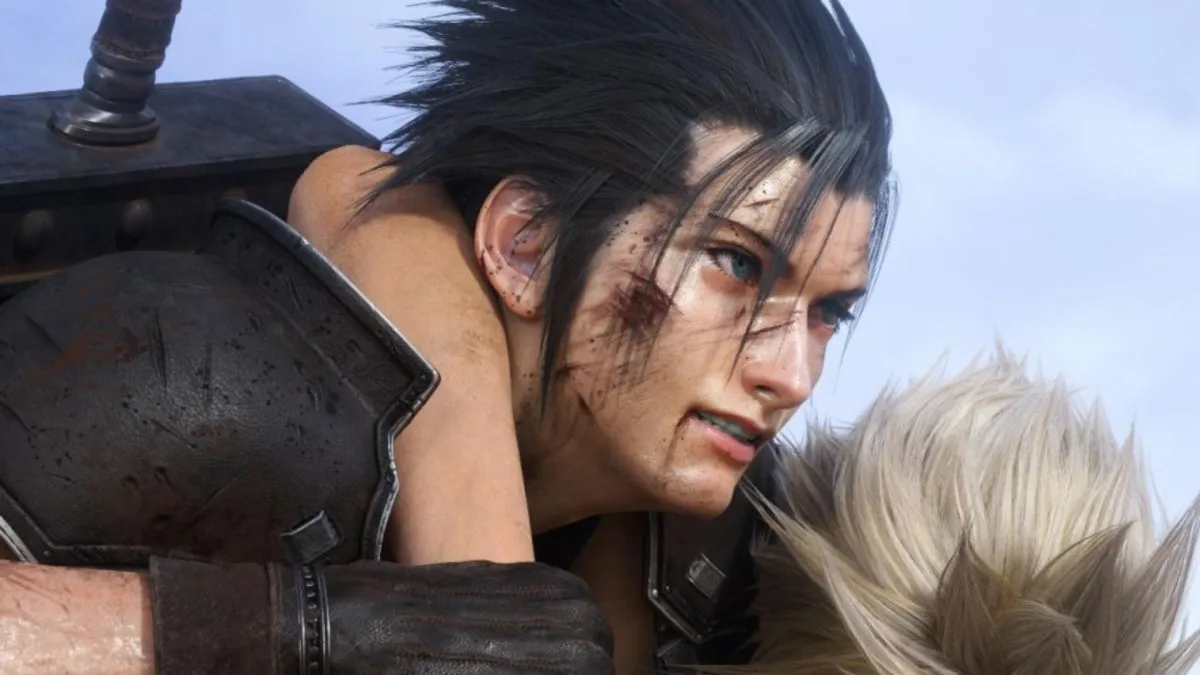Boxing is already on the Olympic ropes after an epic fight between its banished governing body and the IOC. Although the sport has been a staple of Olympic programs for over a century, it could be dropped before the Los Angeles Games if big changes in governance don’t happen in the next year.
The fights are still on in Paris this month, but this Olympic tournament will look like nothing fans have seen in decades — for better in some ways, and probably for worse in others.
Twelve years after women’s boxing made its Olympic debut with just 36 fighters in three weight classes in London, the sport likely has achieved gender parity, reaching the overall Olympic movement’s goal. Give or take a few last-minute additions or dropouts, half of the 248 boxers in Paris will be women fighting in six weight classes.
But this milestone was reached by sharply cutting the number of male boxers in an overall field that will be the smallest for Olympic boxing since 1956. While there will be 23 more women fighting in Paris than in Tokyo three years ago, there will also be a whopping 63 fewer men, and they’re fighting in only seven weight classes — the fewest since 1908.
In fact, Paris will have dozens fewer boxers than in every other Games in the 21st century. The 248 fighters in Paris are a shadow of the Olympic-record 432 who participated in Seoul in 1988, and it’s even down sharply from the 289 boxers who participated in Tokyo.
USA Boxing head coach Billy Walsh has been an ardent proponent of the women’s sport ever since he coached Katie Taylor of his native Ireland to a gold medal in London, and he says the addition of three women’s weight classes in Paris is “fantastic.”
Walsh still recognizes the drawbacks to the sport’s growth when it comes up against the IOC’s typically firm cap on total Olympic participants. It’s rare to add more athletes to a traditional Olympic sport, particularly while the IOC is adding trendy new sports to each Games.
“It is sad in a sense for the men,” said Walsh, who competed for Ireland in the Seoul Olympics in 1988. “Because when I boxed, they had 12 (men’s) weight divisions. They went down to 10, and then down to eight, and now we’re down to seven.”
In Rio de Janeiro eight years ago, 250 men had the career-defining honor of being Olympic boxers. That number has been halved just eight years later, with 124 men competing at three fewer weights than in Rio.
Men’s boxing in Paris will have its fewest weight classes since 1908 in London, where the second boxing tournament in the modern Olympics was contested at just five weights. Three years earlier in Tokyo, men’s boxing already dropped to eight weight classes for the first time since 1948.
That means there is no longer an Olympic weight class between 71 kilograms (156 pounds) and 80 kilograms (176 pounds). Professional middleweights fight at 160 pounds, and super middleweights weigh in at 168 pounds, but any fighter who couldn’t go down or up to the Olympic limits was out of luck.
That’s a concern to Walsh and many others around the sport. The elimination of weight classes encourages fighters to stretch the limits of their bodies to see if they can fit into a less-than-ideal weight class for qualification — and that can lead to mismatches up and down the scales.
“When we’ve narrowed down the numbers, it’s also put a big gap in the weight divisions,” Walsh said. “There’s so much gap now. There’s a reason why there are (weight classes). It’s because of the power of the punch. These guys are hurting you. There’s damage you can do. If some guy is barely making the welterweight division, he’s got 10 kilos he has to put on, and the other guy is coming down from four or five kilos above that, it’s a lot of power in the punch. It’s a combat sport, and people do get hurt, do get injured. I worry about that.”
Fewer overall fighters means smaller teams for many nations — and fewer chances to win gold, even for the traditional powers of the sport.
The U.S., which has won the most total medals and gold medals in Olympic history, qualified eight fighters for Paris under a challenging new qualification system administered by the IOC task force overseeing the tournament. The American team will have fewer fighters than Australia — which had an extraordinarily easy path to Paris under the new system — Brazil, Ireland or modern amateur boxing powers Uzbekistan and Kazakhstan.
Cuba, which ranks right behind the U.S. in Olympic achievements, improbably will have only five fighters in Paris after two men failed to clinch a spot during the final qualifying tournament. Cuba also has no women on its team for the fourth straight Olympics, even though the nation belatedly lifted its internal ban on the women’s sport in late 2022.
Yet the small Cuban delegation includes two-time gold medalists Arlen López and Julio César La Cruz. They’ll both try to join Hungary’s László Papp and fellow Cubans Teofilo Stevenson and Félix Savón as the only three-time Olympic boxing champions.
The smaller field will lead to a different kind of competition in Paris: Fewer bouts with higher stakes. That could be exciting, particularly when fresher fighters move into the medal rounds, which will be held at the famed Roland Garros tennis complex.
Many fighters only need to win two bouts to clinch an Olympic medal, including every man fighting at heavyweight and super heavyweight. Both of those divisions have only 16 competitors, and no weight class in Paris has more than 22 fighters.
The tournament won’t even run for the entire Olympiad: For the first time in decades, boxing competition will conclude one day before the closing ceremony.
“It’s going to be different, that’s for sure,” Walsh said. “But it will be exciting.”
___
AP Summer Olympics: https://apnews.com/hub/2024-paris-olympic-games
Read the full article here
























